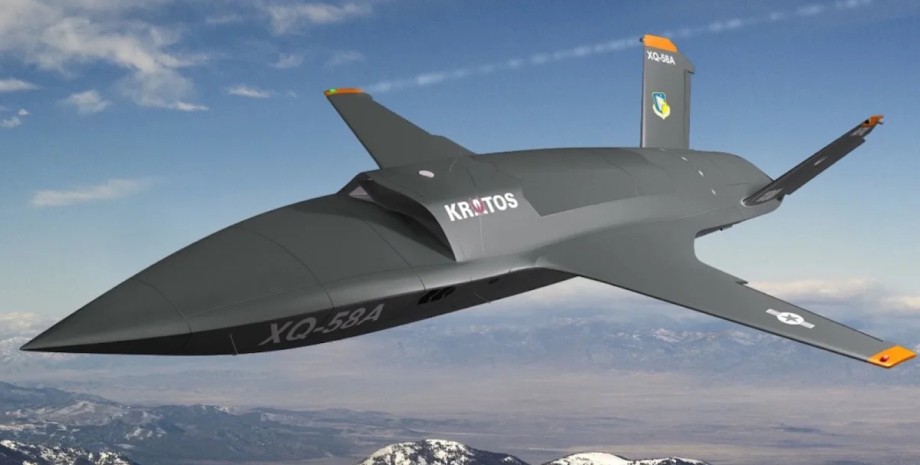
 By Natali Moss
By Natali Moss
Drones and other autonomous devices can accurately capture goals by becoming cars for murder. Although this may seem like a positive point, such uncontrolled cruelty will lead to the intensification of arms race, perhaps stimulating the development of more dangerous technologies. Last February, the US government published a political declaration on responsible use of AI for military purposes. The purpose of the document is to lead the states to develop and deploy military AI.
Countries are strongly advised to develop AI, which meets the obligations of international humanitarian law, which is intended to limit the consequences of armed conflicts and protect those who do not participate in hostilities. The declaration has already been signed by 52 representatives of different states. But the list lacks Russia - a country that contributed to the incitement of arms race in the field of artificial intelligence.
The invasion of the Russian Federation into Ukraine initiated the development of weapons on the basis of artificial intelligence, since the country, which is in combat readiness, tried to withstand one of the most powerful armies in the world. This pressure, combined with a constant flow of investment, has transformed Ukraine into a center for the development of autonomous drones. For example, the Ukrainian company Vyriy develops drones that themselves capture goals.
Devices use basic computer vision algorithms that analyze and interpret images. Google offers a free course for Ukrainians interested in how to create UAVs. Another Ukrainian drone manufacturer, Swarmer, uses AI, so that devices can adapt to each other's movements and coordinate strokes without the operator's participation. Ukrainian drones with artificial intelligence are used not only at the front, but also for strikes in Russian oil refining plants.
Other countries also develop autonomous weapons. The British technology firm MSUBS concluded a contract with the royal fleet in 2022 worth £ 15. 4 million ($ 19. 8 million) for the construction of an autonomous submarine under Cetus. This non -extinguished submarine will be able to operate up to 4828 km from the shore for three months. Chinese researchers have found another use of artificial intelligence in wartime - assistance in the process of weapons design.
They use AI to develop electromagnetic weapons capable of launching shells in orbit. In 2022, a group of Chinese scientists from the Naval Engineering University in Uhan declared the creation of the smallest and most powerful electromagnetic gun in the world. The task of the AI was then to provide the researchers with a set of optimized data, so they were able to change the parameters of weapons, reducing its size and increasing the output power.
As a result, the kinetic energy of the bullet passing through the barrel more than twice exceeded the deadly shot. In February 2024, the US Marine Corps carried out the Second Kratos XQ-58 Valkyrie drone, which, according to engineers, will be able to fly with a fighter. And it will help him in this AI. The Marine Corps is very interested in creating pairs to protect pilots and raise situational awareness.
AI will become the most important element of future fighting and speed that will have to evaluate the operational picture and make decisions, according to Major General Scott Kane, commander of the Air Force Research Laboratory. Autonomous operations will develop with unprecedented speed, he says. Earlier, we wrote that in China improved hypersonic weapons using cheap American Shi Chip.










All rights reserved IN-Ukraine.info - 2022